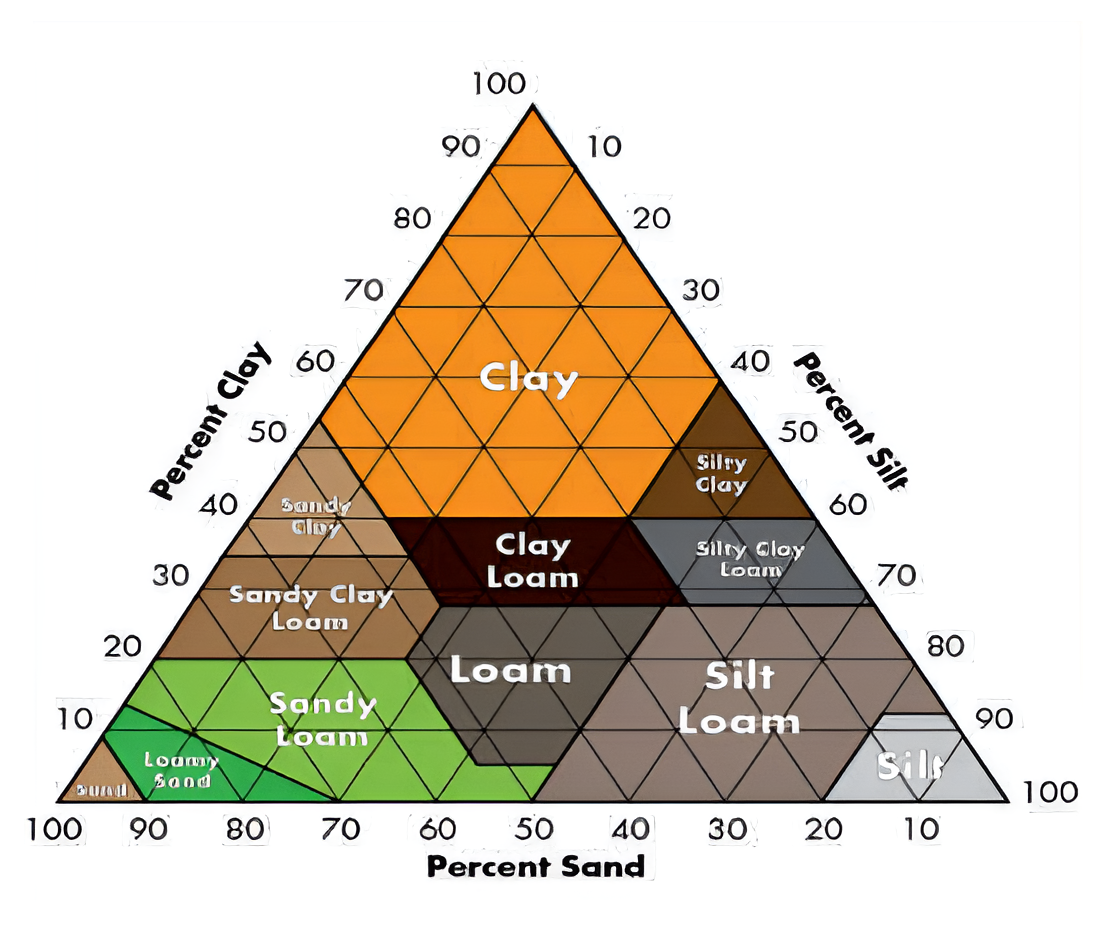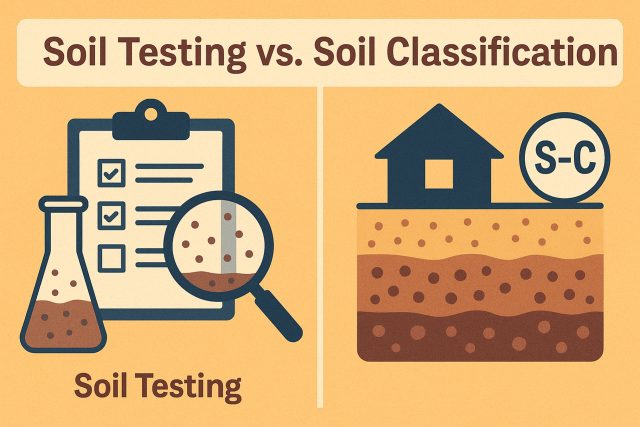Soil is very important for plants. Plants get food from soil. Good soil helps plants grow strong. But not all soil is good for plants. Some soil may not have enough nutrients. Some may have too much salt. This can harm plants.
Testing soil is important. It helps farmers and gardeners. They can know what their soil needs. Soil tests show if soil needs more nutrients. Or less salt. Testing helps make better soil for plants.
Why Test Soil?
Testing soil helps us understand it. We can know what is in the soil. This helps us grow healthy plants. Testing tells us the soil’s pH. It shows nutrients like nitrogen, phosphorus, and potassium.
When soil has the right nutrients, plants grow well. They give more fruits and vegetables. Testing soil saves money. It stops wasting fertilizers. We only add what the soil needs.
Types of Soil Tests
There are different soil tests. Each test looks at different things. Here are some common soil tests:
- pH Test: This test shows if soil is acidic or basic. Plants need the right pH to grow.
- Nutrient Test: This test shows nutrients in the soil. It checks for nitrogen, phosphorus, and potassium.
- Salinity Test: This test checks salt levels. Too much salt can harm plants.
- Texture Test: This test shows soil type. It tells if soil is sandy, clay, or loamy.
How to Test Soil
Testing soil is easy. You can do it at home. Or send samples to a lab. Here is how you can test soil:
1. Ph Test
You can buy a pH kit. Follow the steps on the kit. Usually, you mix soil with water. Then, dip a pH strip. It changes color. Match the color to the chart. This shows the pH level.
2. Nutrient Test
Buy a nutrient test kit. Follow the instructions. Mix soil with water. Add special tablets. The water changes color. Match it to the chart. This tells you nutrient levels.
3. Salinity Test
To test salt, you need a special meter. Mix soil with water. Dip the meter in the water. It shows salt levels.
4. Texture Test
Take a jar. Fill it with soil and water. Shake it well. Let it sit. Sand will settle first. Then silt. Clay settles last. This helps you see the soil type.
Understanding Test Results
Test results help you know the soil’s needs. Here is how to understand them:
| Test | What It Means |
|---|---|
| pH | 6 to 7 is good for most plants. Lower is acidic. Higher is basic. |
| Nutrients | Check levels of nitrogen, phosphorus, potassium. Add if low. |
| Salinity | Low salt is best. High salt can hurt plants. |
| Texture | Loamy soil is good. Sandy drains fast. Clay holds water. |

Credit: www.yesearth.org
Improving Soil
After testing, you may need to improve soil. Here are ways to do it:
- For pH: Add lime for acidic soil. Add sulfur for basic soil.
- For Nutrients: Use fertilizers. Add compost for natural nutrients.
- For Salinity: Wash soil with water. This removes extra salt.
- For Texture: Add sand to clay soil. Add compost to sandy soil.

Credit: www.constructionmanagers.in
Benefits of Soil Testing
Soil testing has many benefits. It helps plants grow strong. It saves money on fertilizers. It keeps the environment safe. Testing helps farmers and gardeners make good choices.
Healthy soil means healthy plants. Plants give us food. They give us oxygen. They make the world beautiful.
Frequently Asked Questions
What Is Soil Testing And Why Is It Important?
Soil testing checks soil nutrients and pH to help plants grow better and avoid problems.
How Often Should Soil Testing Be Done?
Test soil every 2 to 3 years or before planting new crops or gardens.
What Tools Are Used For Soil Testing?
Common tools include soil probes, test kits, and lab equipment for accurate results.
Can Soil Testing Improve Crop Yields?
Yes, it helps farmers apply the right fertilizers and improve soil health.
Conclusion
Testing soil is important. It helps us understand soil better. We know what the soil needs. This helps plants grow better. Good soil is the key to a healthy garden. Or a successful farm.
Start testing your soil today. It is easy. It is helpful. Your plants will thank you!
4 min read

